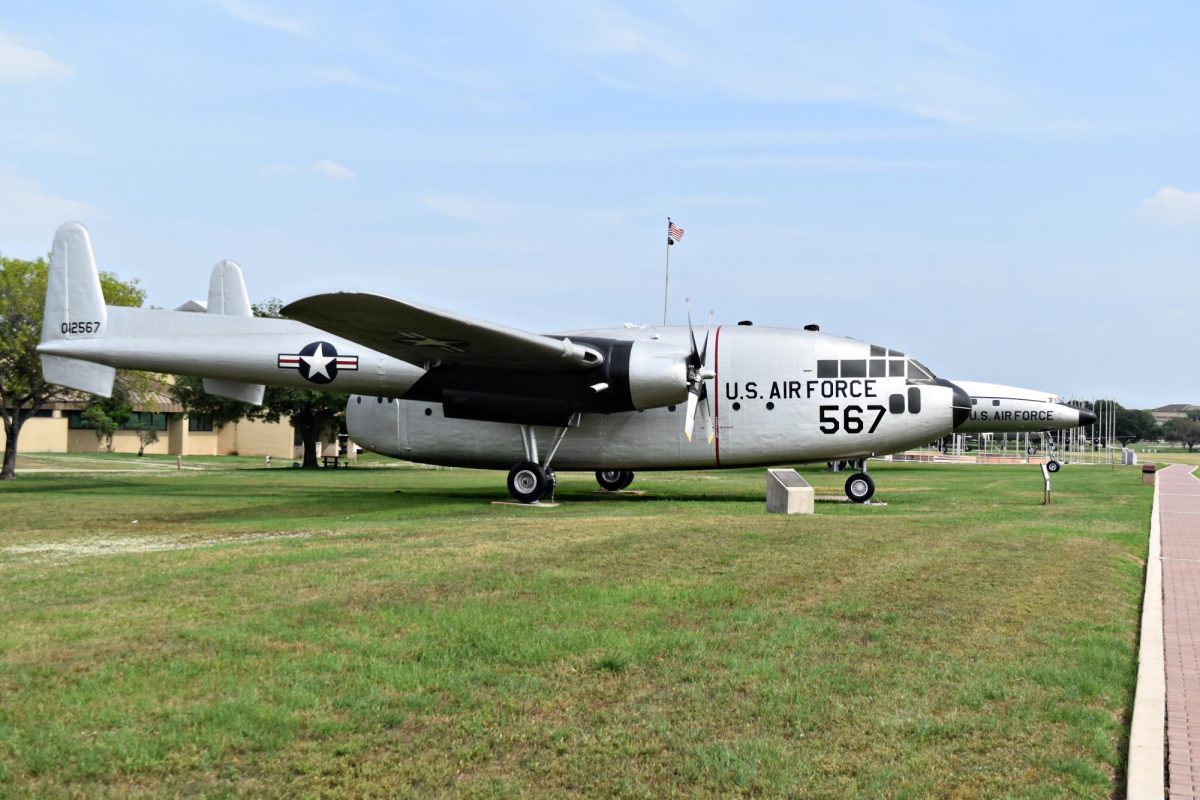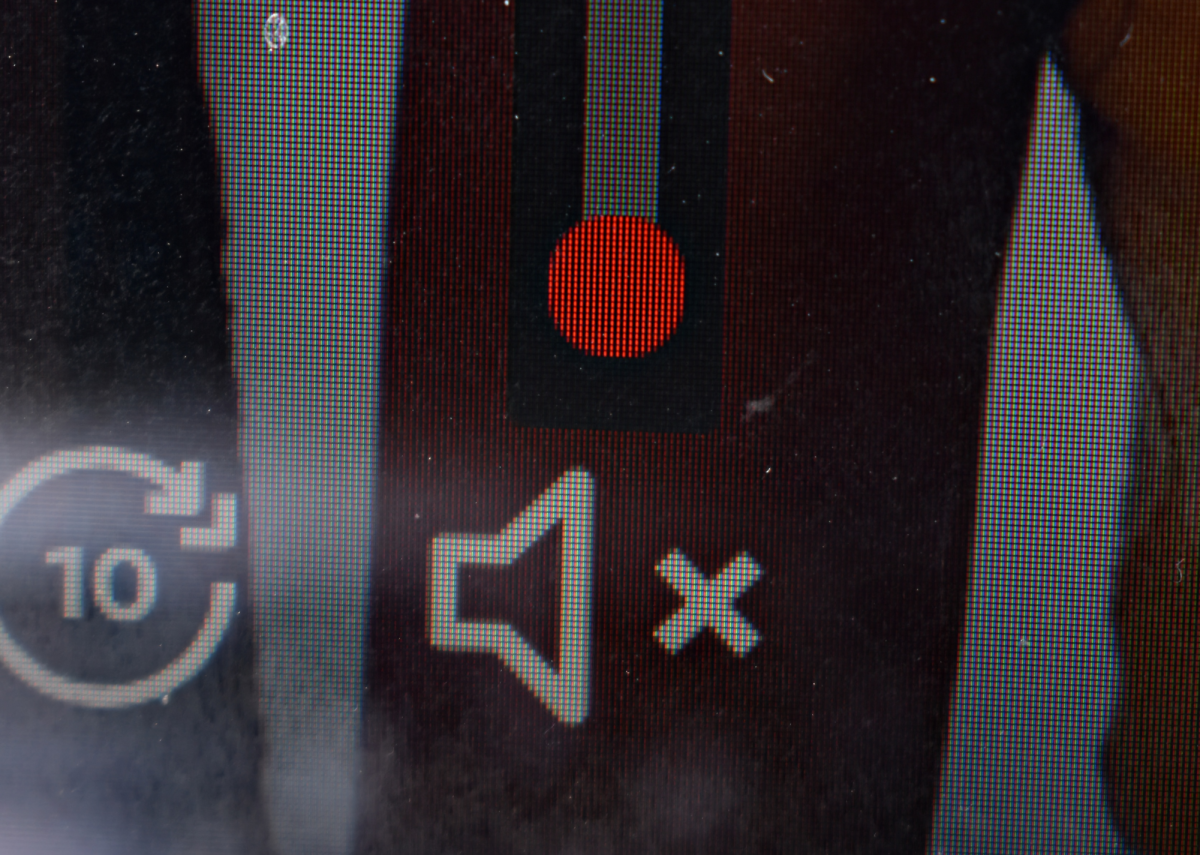Editor’s Note: In observance of the solemn anniversary of September 11, a day etched into the collective memory of a nation, it is important to reflect on the courage and sacrifice that has long been a part of the American military tradition. At Lackland Air Force Base in San Antonio, Texas, a collection of retired military aircraft stands as a testament to the brave men and women who have defended the country in times of both war and peace. These planes, each with its own story of combat, victory, and loss, remind visitors not only of the wars fought abroad but of the enduring legacy of service that continues to safeguard our freedoms. In honor of this day of remembrance, the Wildcat Chronicle looks to these symbols of military history and the sacrifices made to preserve the American people’s way of life.
In addition to being a working military base, Lackland Air Force Base of San Antonio, Texas, is home to many retired military planes. Once a year this facility opens its gates to the public, allowing visitors a glimpse at what can only be described as an impressive collection of aircraft. This reporter had the opportunity to photograph the grounds, and took full advantage.
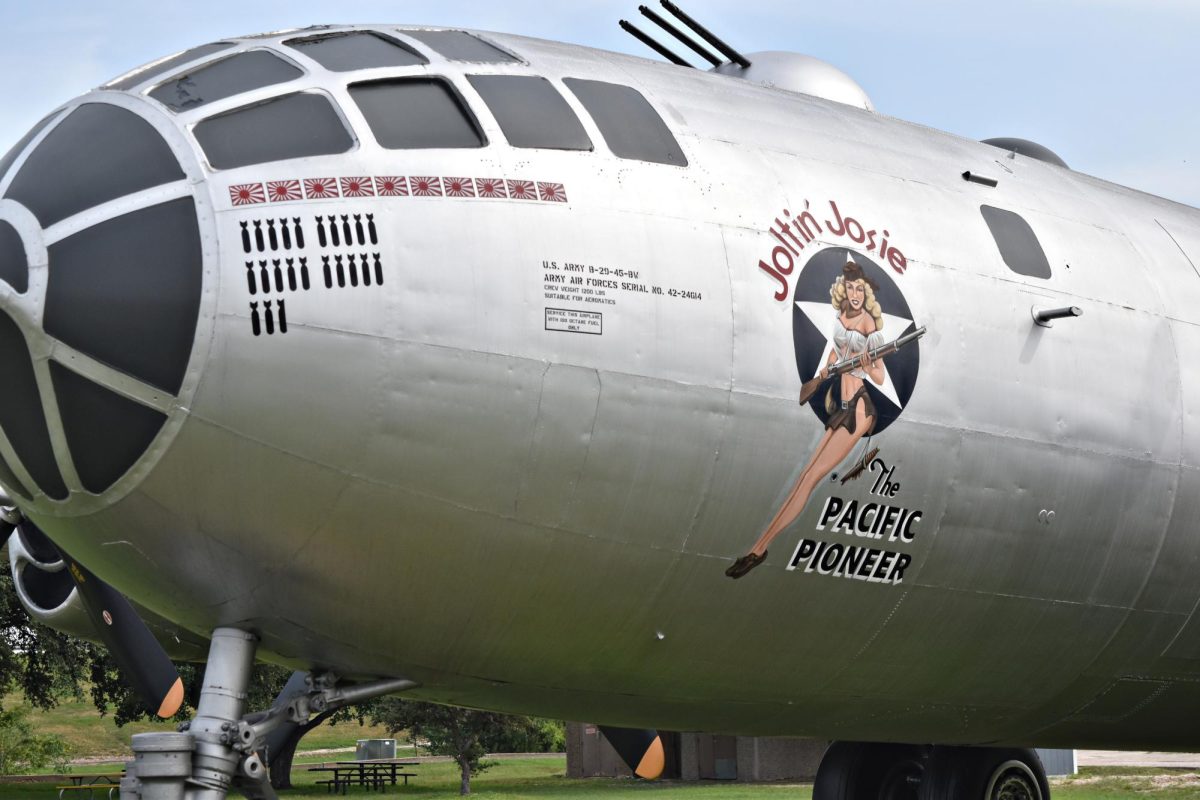
The bombs and Japanese flags painted on old planes commemorate not just successful bombing missions and victories over Japanese forces during World War II, serving as a historical record of the aircraft’s achievements, but also the bravery and prowess of the aircrew, reminding visitors of the intense air battles fought, the strategic victories that helped shape the outcome of World War II, and the sacrifice of those who fought for their country.
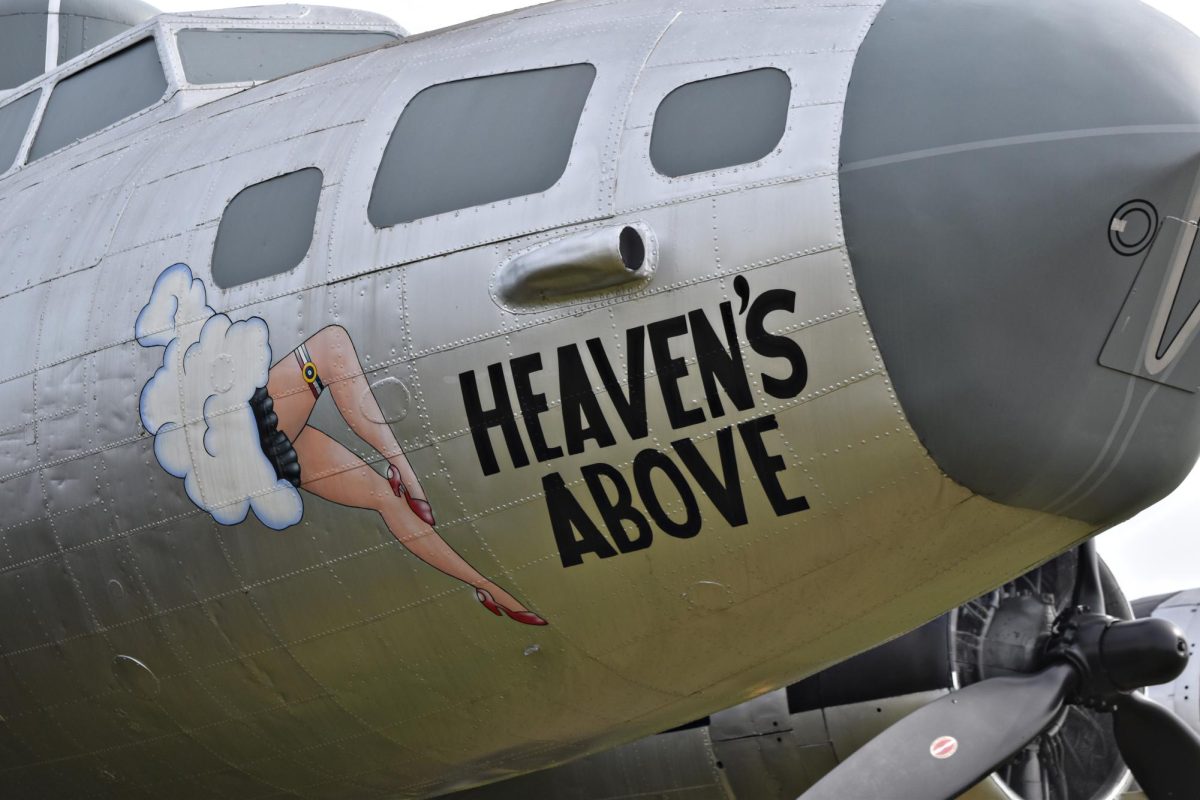
Soldiers painted their planes with unique designs and symbols to personalize their aircraft, boosting morale and fostering a sense of camaraderie among the crew. Distinctive artwork and markings on planes helped with unit recognition during missions and served to intimidate enemies, adding a psychological edge to their combat strategy.
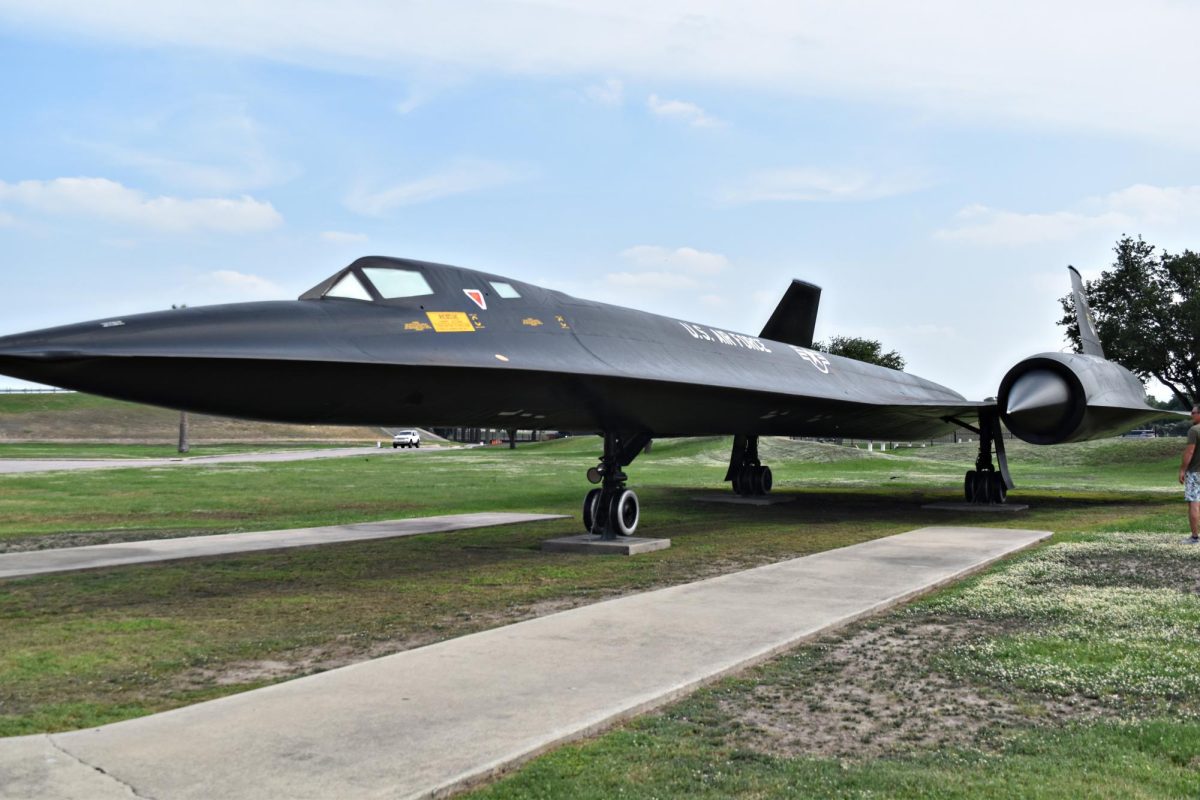
The SR-71 Blackbird, renowned for its unparalleled speed and stealth, could fly at over three times the speed of sound and at altitudes exceeding 85,000 feet, making it nearly invulnerable to enemy defenses. Developed by Lockheed’s Skunk Works, the SR-71 served as a vital reconnaissance aircraft during the Cold War, capturing crucial intelligence with advanced sensors and cameras, all while evading radar detection.
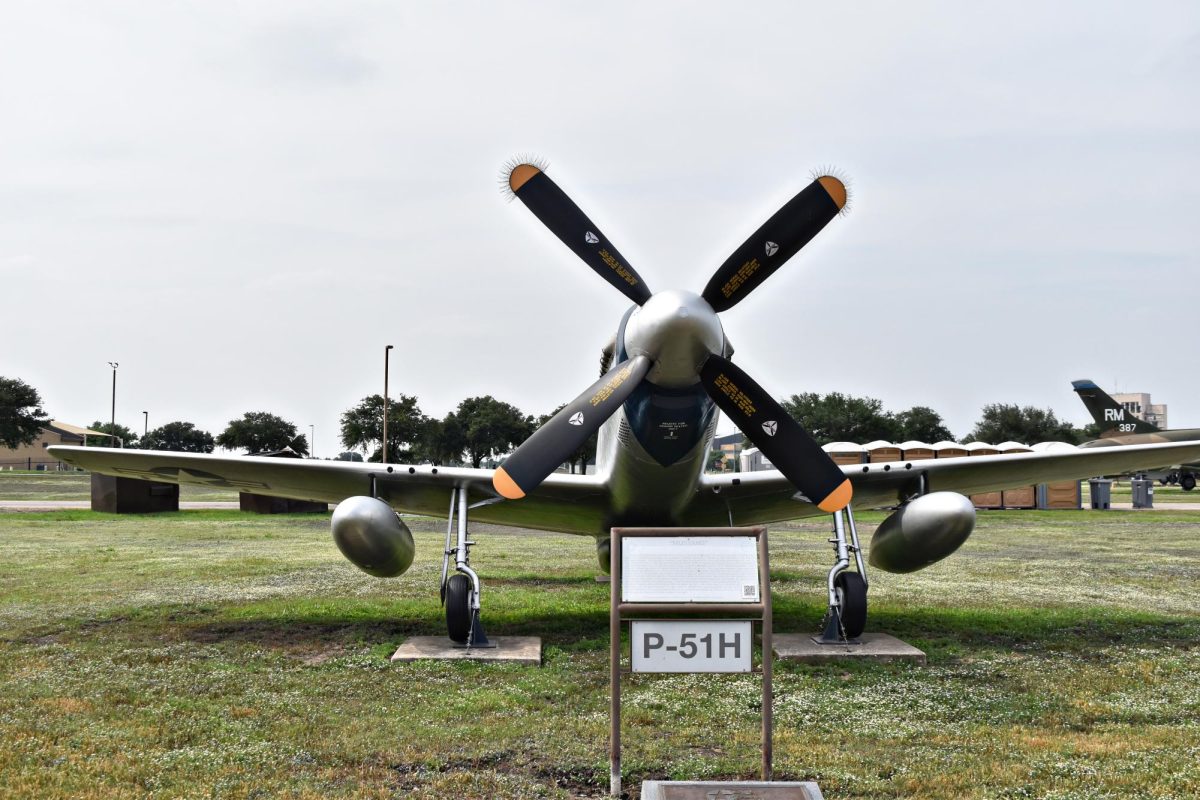
The P-51H, though introduced late in World War II, saw action in the final months of the conflict, providing air superiority and ground support with its enhanced speed and maneuverability. Used primarily in the Pacific Theater, the P-51H escorted bombers, intercepted enemy aircraft, and carried out ground attack missions, contributing to the Allied victory with its superior performance and firepower.
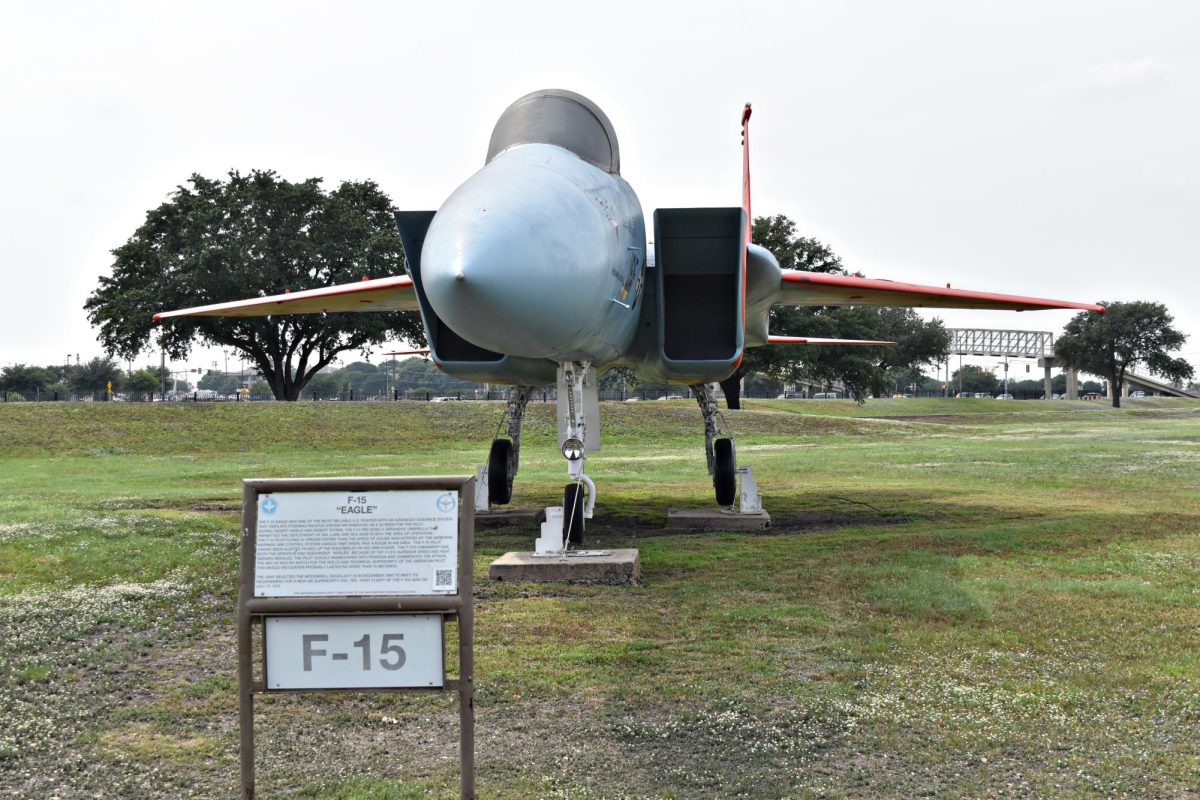
The F-15, a stalwart of air superiority, has been deployed in numerous conflicts, showcasing not only its unparalleled agility and firepower to dominate the skies, but also the bravery of those who have piloted it. Whether dominating the skies or delivering precision strikes to protect ground forces, this aircraft has played a vital role in safeguarding lives and defending the principles of freedom in moments of great peril.
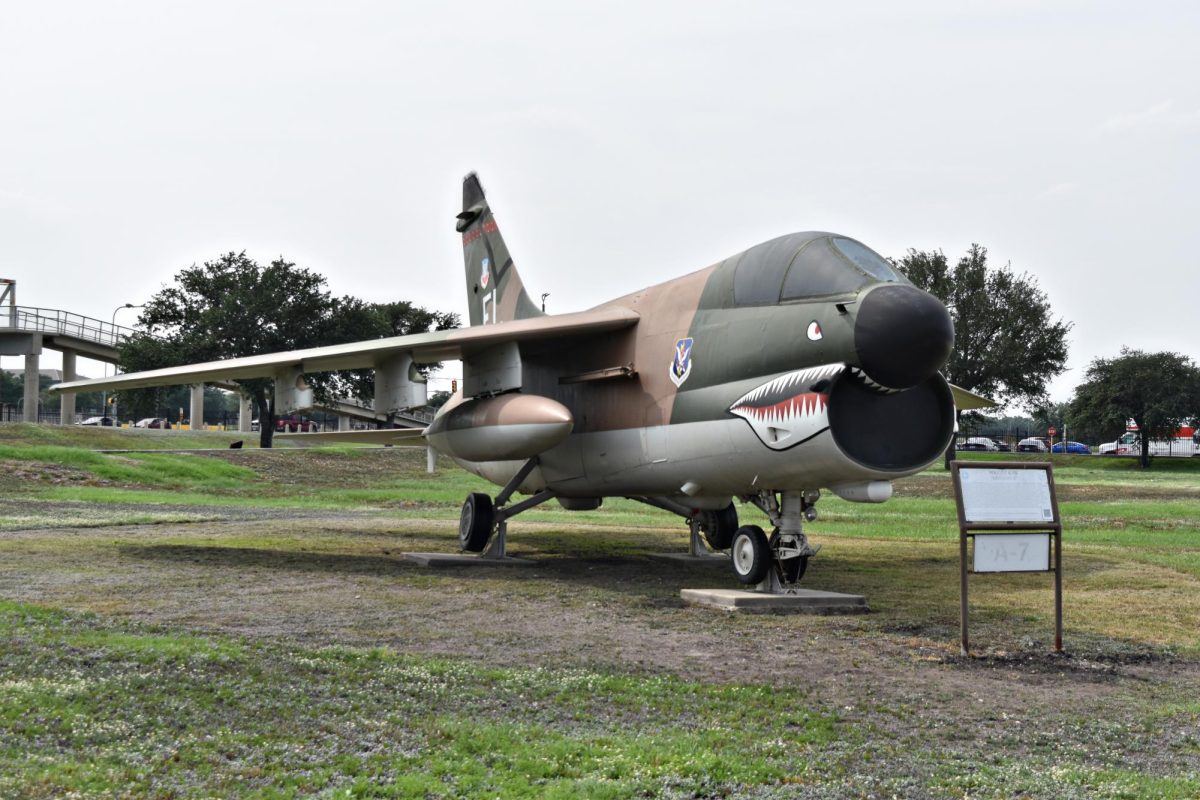
The A-7, a formidable ground-attack aircraft, earned its reputation as the “SLUF” (Short Little Ugly Fella) due to its compact size and powerful performance in delivering precision strikes against enemy targets. With its robust design and advanced avionics, the A-7 proved instrumental in supporting ground forces and conducting close air support missions during various military conflicts.
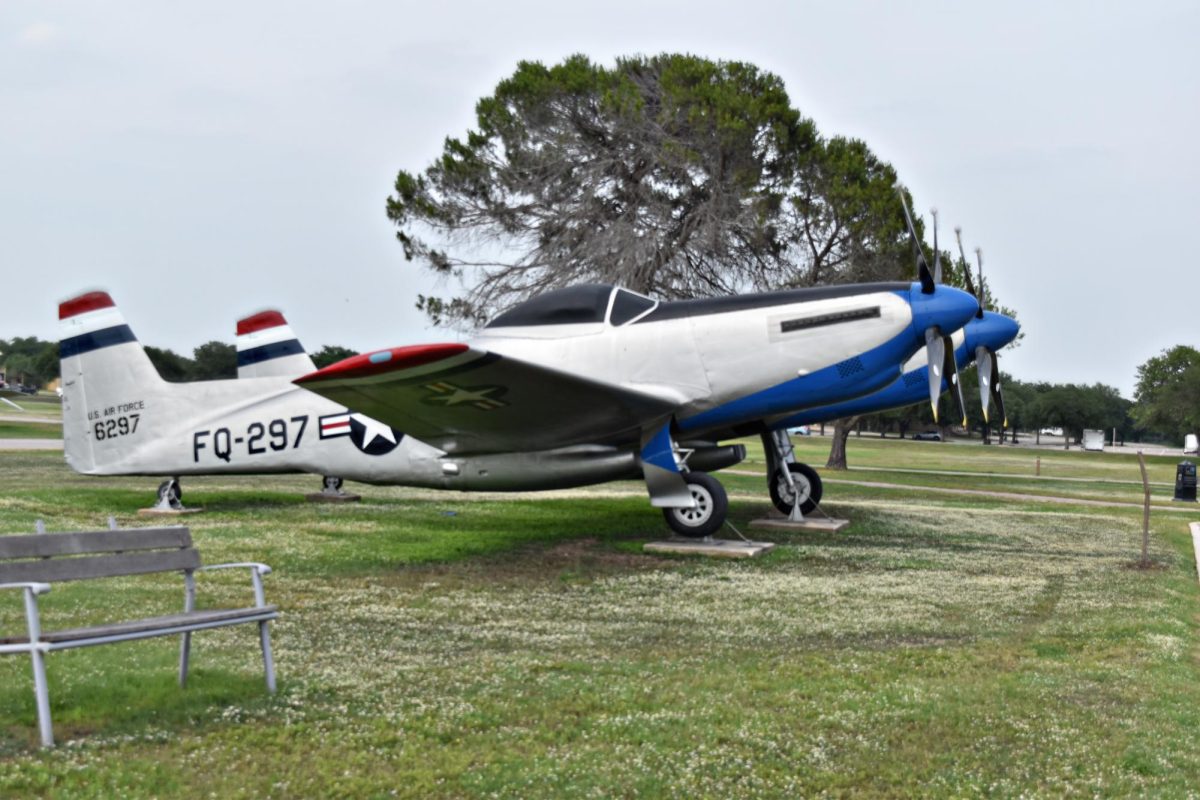
The FQ-297, a cutting-edge unmanned aerial vehicle, revolutionizes reconnaissance and surveillance capabilities with its stealthy design and advanced sensor suite. Deployed for intelligence gathering and target acquisition, the FQ-297 plays a crucial role in modern warfare, providing real-time situational awareness and enhancing military operations across diverse theaters of engagement.
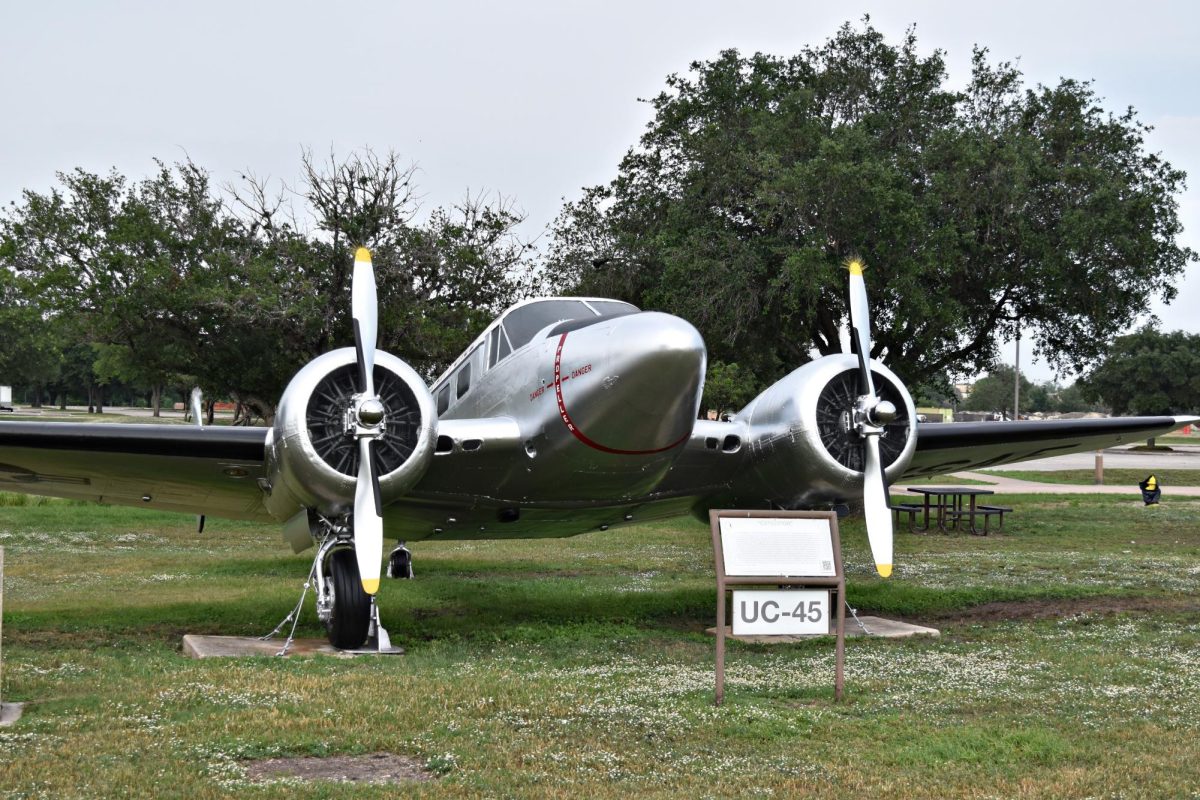
The UC-45, a versatile utility aircraft, served as a reliable workhorse for the military, playing a crucial role in missions that supported soldiers on the front lines. When remembering those lost on 9/11, this aircraft stands as a symbol of the many unsung heroes whose service, often behind the scenes, enabled the success of larger military efforts, ensuring that the sacrifices made by many were not in vain.



